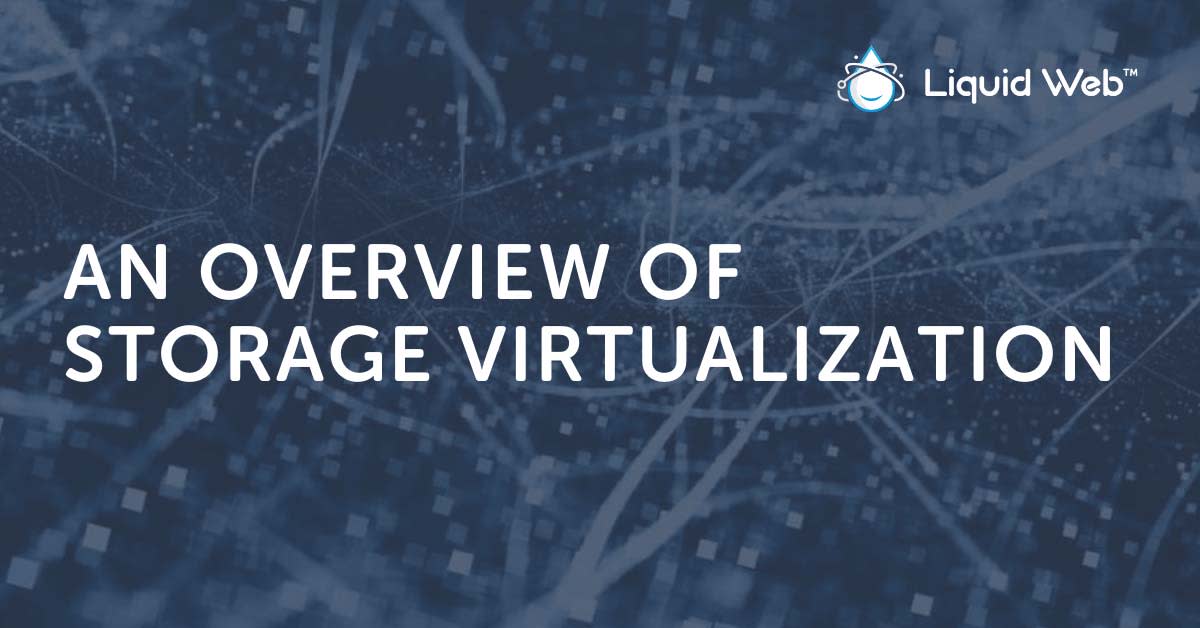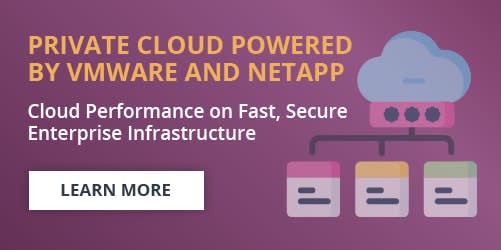
What is Storage Virtualization?
Virtualization allows users to virtualize or simulate real-world hardware. While there are many different types of virtualization, this article is about storage virtualization technology. By virtualizing your storage, you can manage it from a console and take advantage of pooling resources together to create a scalable storage solution. This is an improvement over the traditional way of having to walk over and manage physical devices. Not only that, but you can pool small to medium size hard drives together and get one massive drive that you can split up between various machines.
What is a Virtual Storage Appliance?
A virtual storage appliance is a software alternative to traditional hardware-based storage. Hardware is still used for virtual storage but it’s abstracted away. This storage virtualization abstraction brings with it many advantages:
- High availability.
- Backup redundancy.
- Cost savings.
- Reduced downtime.
What are the Types of Virtual Storage?
There are six different types of virtual storage:
1. Block-Level
When you write to a hard drive on your desktop computer, this uses block-level storage as it writes directly to the hard disk. When you use virtualized block storage, the server acts as a desktop computer and is able to access virtual disks which act like regular hard drives. This gives you benefits such as booting off of a block device along with increased performance and scalability.
2. Object-Level
Object storage doesn’t store your data to disk directly. Instead, it’s abstracted away into data buckets. This data is accessed by API calls from your application. For large amounts of data, this can be a more scalable solution than block storage. This means you don’t have to worry about running out of space after setting up your buckets.
3. File-Level
People use file server software like Samba and NFS when they want another server to host their files. The files are saved in folders called shares. This removes the need to manage disk space and also allows multiple people to share a storage device. Servers, virtual servers, and desktop computers all can take advantage of file servers.
4. Host-Based
Virtual servers typically can’t access the host machine’s drives directly. This is done to increase security by isolating the host from the guest. That way if the guest gets hacked or infected, it can’t spread to the host or virtual machines. However, some users don’t like this isolation. Hence, host-based storage was created.
With host-based storage virtualization, accessing the host or devices attached to the host is allowed. A driver is installed on the server which intercepts and redirects the IO (Input and Output) requests. Typically, these IO requests go directly to a hard drive but they could also be routed to other devices such as a USB flash drive. The most common use for this type of storage is accessing physical installation CDs or DVDs so that an operating system can be easily installed on the virtual machine.
5. Network-Based
A fiber channel switch is placed between the host and the storage. The switch is where the virtualization occurs and redirects the IO requests. This method works with any operating system without special drivers.
6. Array-Based
A master array handles all of the IO requests for all of the arrays. This allows for management from a central location and simplifies data migrations.
How Does Virtual Storage Work?
How virtual storage works depends on the type of storage and the virtualization method used. In general, your data isn’t written to a real hard drive but instead written to a virtual or simulated drive.
By default, all of the data in your virtual hard drive is saved in a single file. VMware, for instance, uses VMDK (Virtual Machine DisK) files. The storage virtualization is then managed by a central location like vSphere.
By virtualizing the storage, data center management is reduced. Also, unused space can be reassigned to other hosts or clients which are lacking in space.
What is the Difference Between VMware vSAN vs Traditional SAN?
SAN (storage area network) is an abstraction of your data. It’s switch-based and hardware-defined. Your data is isolated from your client or server. While you can use many drives to define a single SAN, they must all be located in the same box.
When comparing VMware vSAN vs traditional SAN, vSAN is a port-based SAN. It’s software-defined which brings with it the advantage of centralized storage management. While it is isolated from your client or server, it’s also a pooled resource. So, you can use several drives in many different locations to define the vSAN.
What are the Benefits of vSAN?
There are 4 key benefits of vSAN over regular SAN:
- Easy Management: Virtualization makes management and provisioning a breeze. Changes can be made with only a few clicks instead of going to the data center and swapping out cables, adding new drives, and lengthy downtime.
- Scalability: Easily scale as you need to as your business grows. Custom build solutions to your complex needs without worrying about limitations.
- Fast Deployment: Inventory and deployment can be handled from a single management console.
- Cost Effective: By sharing storage among multiple ESXi hosts, the space can be used more effectively. Hardware can also be pooled together to maximize cost.
Why Choose VMware Private Cloud and NetApp SAN
Take advantage of storage virtualization using vSAN and Liquid Web’s VMware Private Cloud. With private cloud, a powerful host machine splits pooled resources up across virtual machines. It’s flexible because you can then add and remove resources as needed to your various guest machines, including storage devices like vSAN.
VMware is an industry standard market leader in virtualization. From high availability to selective resizes to vSANs, VMware Private Cloud has it all and is backed by our industry-leading 24/7/365 support. Contact us to learn more about getting started with VMware Private Cloud now.
[ad_2]
Source link







